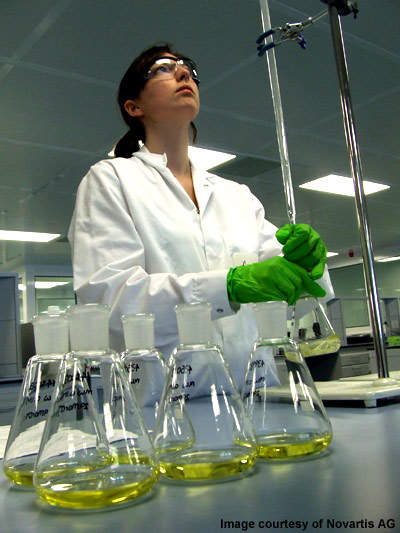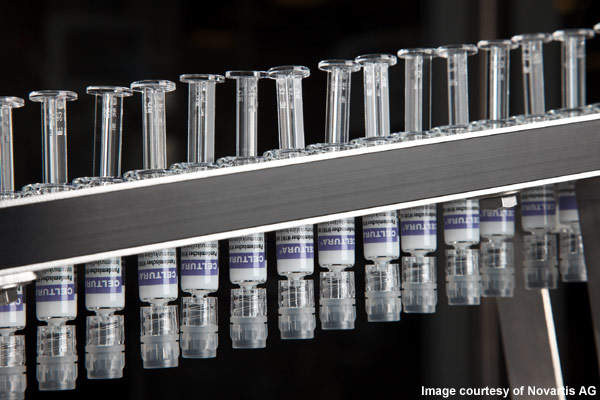The Novartis Institute of BioMedical Research (CNBIR) is located in the Zhangjiang High-Tech Park in the Pudong New Area, 13km from Shanghai. The facility specialises in basic research and development and focuses on the discovery of new drugs such as small molecule and biological medicines. The facility mainly develops drugs for diseases prevalent in China.
Novartis expansion
In November 2009, Novartis announced an investment of $1bn for expanding its research facilities in China. The investment will be made over the next five years. The investment includes building a new research facility in China and expansion of the CNBIR.
The expansion will necessitate relocation of the facility to a newer, larger and state-of-the-art facility in Shanghai. Expansion of the CNBIR will make the facility Novartis' third-largest R&D centre after its Cambridge facility in
Massachusetts, US and its Basel facility in Switzerland.
The new facility will manufacture drugs for the Chinese market as well as global markets. The Chinese market is expected to grow rapidly with government initiation. The expansion will help the facility improve its activities in analytics and biomarkers, genomics, protein production and characterisation. It will also help broaden the facility's abilities in screening and chemistry and proteomics, in vivo pharmacology and imaging.
Novartis is expected to collaborate with research organisations in China for these activities. Construction of the new facility will generate about 800 new jobs in R&D.
Novartis Institute of BioMedical Research
The CNBIR was constructed in 2006 with an investment of $100m. Spread across an area of 5,000m², the facility was opened in July 2007.
Initially the facility focused on research on infectious sources of cancer. About 300,000 deaths each year in China are due to liver cancer caused by hepatitis viruses. The facility collaborated with local academic centres to develop a structured exploratory development division to find the causes of such cancers.
The facility develops medicines on an effect-mechanism basis, implementing new technologies. The facility also specialises in discovery chemistry and biomarker research. It combines the latest drug discovery methods with traditional Chinese medicine to develop drugs for the Chinese population and worldwide population.
Novartis designed the Shanghai centre with a zero carbon emission goal. The facility features an energy centre powered by Tri-Generation or combined production of electricity, heat and cooling which results in high efficiency. The gas required by the facility is supplied by the nearby municipal waste landfill. Electricity is supplied from a wind farm and the site is compatible with solar energy. Cooling for the facility is provided by nearby surface water and groundwater.
Location benefits
The Zhangjiang High-Tech Park in Shanghai is known as the local version of Silicon Valley. It offers several advantages with the Waigaoqiao port being located 25km from the park and the Shanghai railway station consisting of over 100 cargo lines located only 17km away.
The Zhangjiang High-Tech Park, spread over 25km², has over 90 R&D centres set up by various international pharmaceutical companies. Over $14bn of foreign investment has been made in the park.
Chinese pharmaceutical industry
China's pharmaceutical industry is expected to witness tremendous growth with infrastructure investments made by the government. According to a report prepared by Boston Consulting, China's pharmaceuticals industry is expected to double to $25bn by 2010.
Because of a change in lifestyle choices and urbanisation, chronic diseases are becoming more prevalent in China. To address these health concerns, the Chinese Government is working towards providing easy and affordable access to basic medical services by 2020.
China has already announced an investment of $124bn over the next three years to strengthen the country's healthcare system. The investment will focus on expanding insurance coverage, strengthening the quality and safety of pharmaceutical production capabilities and improving access to innovative treatments. Novartis' pharmaceutical facilities in China are expected to utilise this opportunity, its large talent pool and also aid the government's initiatives.






